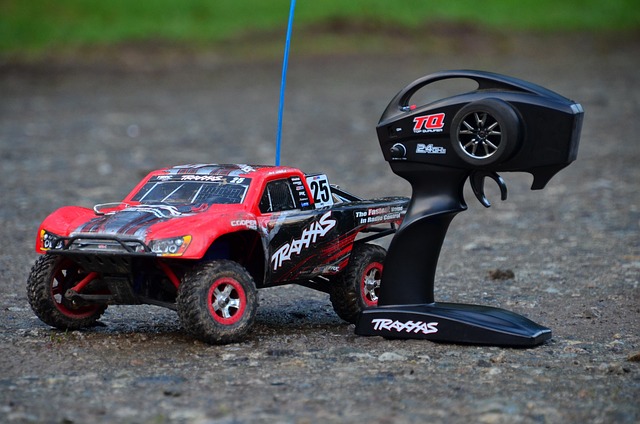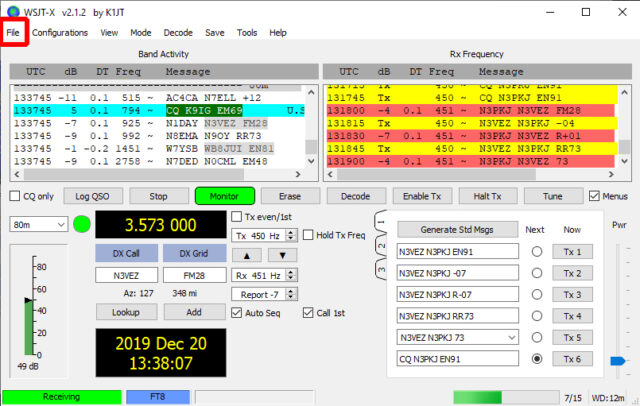Setting up and optimizing antenna systems is essential for reliable and effective radio communication, whether in amateur or industrial applications. A poorly tuned antenna can result in weak performance and even damage the radio equipment. An antenna analyzer is a specialized tool that offers a precise snapshot of an antenna’s condition, helping determine its resonance, impedance, and overall tuning. In this article, we explore how antenna analyzers work, how to use them at both beginner and advanced levels, the types available, and how they can significantly enhance any radio system.
What is an antenna analyzer and why do you need one?
An antenna analyzer is a device designed to assess how well an antenna matches the radio’s transmitter output. It primarily measures the Standing Wave Ratio (SWR), but it also provides data on impedance, resonance frequency, and other electrical characteristics.
Key parameters measured:
- SWR (Standing Wave Ratio): Indicates how much power is reflected back from the antenna
- Impedance: Complex resistance of the antenna, ideally around 50 ohms
- Resonant frequency: The frequency at which the antenna performs best
- R and X values: Represent real and reactive components of impedance
An SWR of 1:1 is ideal, indicating that maximum power is transmitted. Higher values suggest power loss and potential damage to the transmitter.
How does an antenna analyzer work?
The analyzer generates a radio frequency signal and sends it to the antenna. It then measures the amount of the signal that is reflected back. Using this reflection, it calculates the SWR and impedance. There are two primary types:
- VNA (Vector Network Analyzer): Measures phase information for more detailed analysis
- Scalar analyzer: Measures only amplitude, simpler to use
Many modern units include graphic displays, computer interfaces, and smartphone connectivity.
A brief history
The development of antenna analyzers paralleled the growth of radio technology. Initially reserved for laboratory use, the first portable units became available in the 1990s. The introduction of digital displays and multifunctional firmware revolutionized their usability. Today, most amateur radio clubs own at least one.
Getting started: usage for beginners
New users often find antenna analyzers intimidating, but with simple steps, they quickly become an indispensable tool.
Step-by-step guide to measuring an antenna:
- Power on the analyzer and calibrate if necessary.
- Connect the antenna directly using a short, quality coaxial cable.
- Select the desired frequency range.
- Start the measurement.
- Locate the lowest SWR point.
Understanding SWR values:
- 1:1 to 1.5:1: Excellent match
- 1.5:1 to 2:1: Acceptable, minor adjustments may help
- Above 2:1: Poor match, tuning needed
Common beginner mistakes:
- Using long, low-quality coax cables
- Measuring indoors or in the wrong environment
- Skipping calibration or choosing the wrong frequency range
Advanced usage
Experienced users dive deeper into impedance characteristics, resonance curves, and multi-band antenna behavior. The Smith chart is especially useful for visualizing impedance variation.
Advanced examples:
- Multi-band resonance testing (e.g., end-fed or trap dipole)
- Tuning of matching networks (tuners)
- Rapid field adjustments for portable antennas
Software integration adds extra insight through graphical plots, historical data, and advanced diagnostics.
Recommended devices: what to choose?
| Model | Type | Frequency Range | Display | Price | Recommended For |
|---|---|---|---|---|---|
| NanoVNA | VNA | 10 kHz – 1.5 GHz | Color LCD | Low | Beginners, portable use |
| RigExpert AA-35 | Scalar/VNA | 100 kHz – 35 MHz | Large LCD | Medium | Clubs, hobbyists |
| MFJ-259C | Scalar | 530 kHz – 230 MHz | Analog | Medium | Traditional, field use |
| R&S ZNL | Professional VNA | Up to GHz | Professional | High | Industrial, lab settings |
Tips and tricks
- Measure outdoors, away from metal objects
- Use short, shielded coaxial cables
- Repeat measurements under different conditions
- Log your data for future reference
Education and community
Antenna analyzers are excellent teaching tools. Clubs often use them for hands-on workshops. During antenna-building weekends, they offer fast and reliable feedback. Sharing results helps both beginners and advanced users learn more effectively.
Frequently asked questions
Is it worth buying a cheap analyzer?
Yes, entry-level devices like the NanoVNA are great for learning, especially when paired with tutorials.
How long does a measurement take?
Usually a few minutes, though full analysis may take longer if tuning is involved.
How do I test multi-band antennas?
Measure each band separately and check for interference between bands.
Do I need a tuner if SWR is already good?
Not necessarily. If SWR is consistently below 1.5, a tuner may not be required.
Future trends
Antenna analyzers are becoming more powerful and accessible:
- AI-assisted tuning suggestions
- Cloud storage for measurement logs
- Wireless connectivity (Wi-Fi, Bluetooth)
- Extended frequency ranges
What was once considered a luxury is now an essential part of the radio toolkit. Whether you’re just getting started or fine-tuning complex systems, an antenna analyzer is a must-have device that enhances both your efficiency and your understanding of RF behavior.
Image(s) used in this article are either AI-generated or sourced from royalty-free platforms like Pixabay or Pexels.
Did you enjoy this article? Buy me a coffee!






